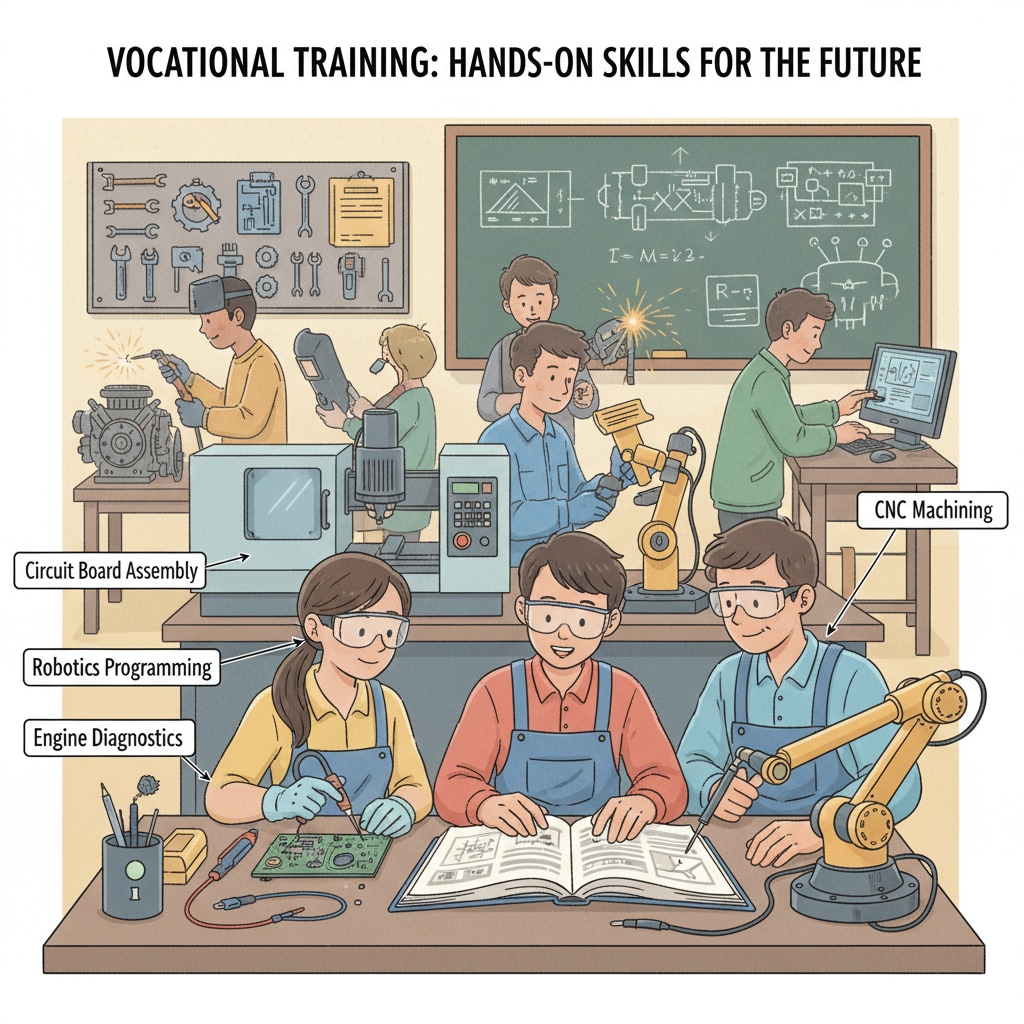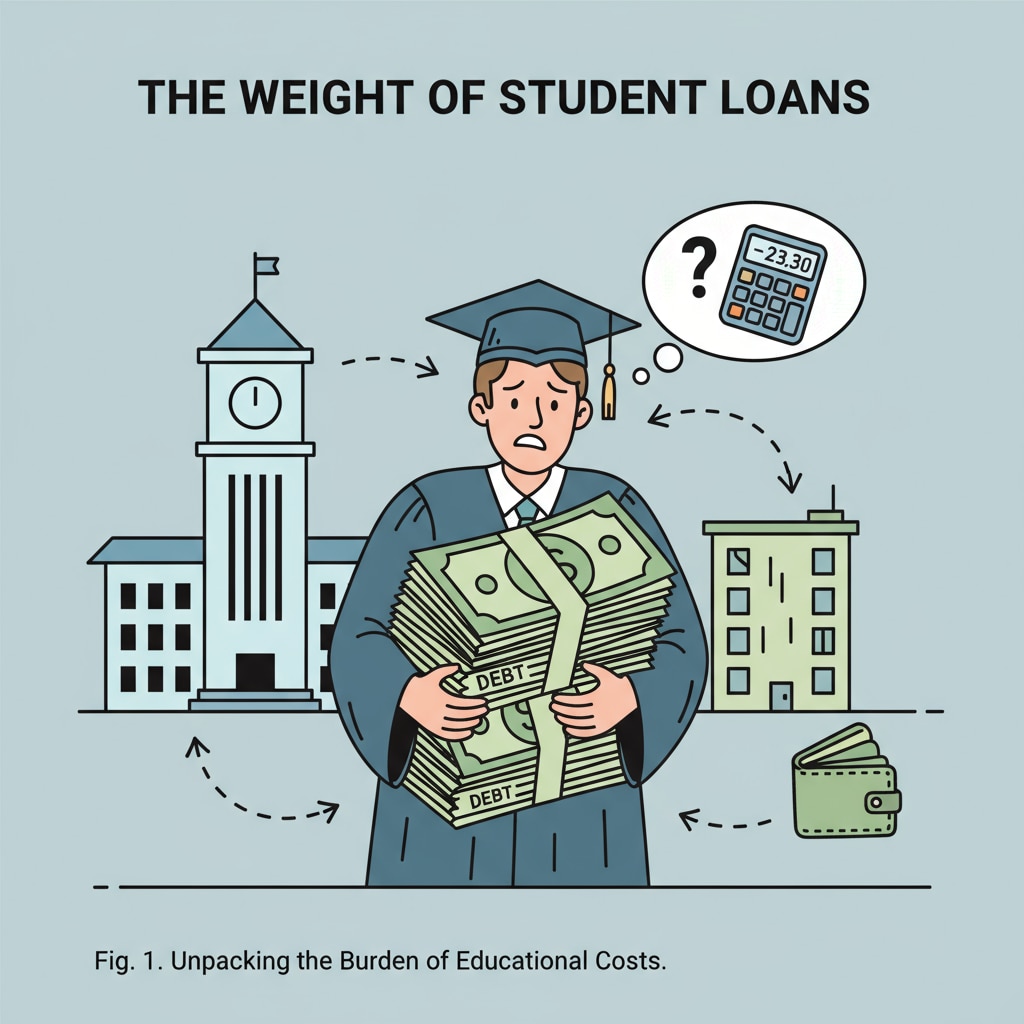When it comes to the choices between higher education, vocational education, and the associated return on investment, a profound shift in perspective is occurring. For decades, a university degree has been regarded as the golden ticket to a prosperous future. However, recent trends are challenging this long-held belief, suggesting that vocational education might present a more lucrative path in terms of investment returns.

The Higher Education Conundrum
Traditional higher education, typically represented by a four-year university degree, has long been seen as a symbol of prestige and a gateway to high-paying jobs. Students invest a significant amount of time and money into these programs, often taking on substantial student loans. According to National Center for Education Statistics, the cost of attending a four-year public university has been steadily increasing. As a result, many graduates find themselves burdened with a mountain of debt, which can take years or even decades to pay off. For example, a student majoring in liberal arts may spend four years in college, accumulating tens of thousands of dollars in debt, only to face a competitive job market with relatively lower starting salaries.

The Rise of Vocational Education
On the other hand, vocational education is emerging as a viable alternative. Vocational training programs are designed to equip students with specific skills that are in high demand in the job market. These programs are often shorter in duration compared to traditional higher education, allowing students to enter the workforce more quickly. For instance, a vocational course in plumbing or electrician training can be completed in a matter of months. Graduates from these programs often find employment soon after graduation, and in some cases, they can earn a decent income right from the start. As reported by Bureau of Labor Statistics, certain skilled trades have a high demand and offer competitive salaries.
Moreover, the debt burden associated with vocational education is generally much lower. Since these programs are shorter and less expensive, students are less likely to rely on large loans. This means that they can start saving money or investing in their future earlier. In addition, the practical skills learned in vocational education are directly applicable to the workplace, giving graduates an edge in the job market.
Readability guidance: As we’ve seen, the differences between higher education and vocational education in terms of investment and returns are significant. Vocational education offers a faster route to employment, lower debt, and in some cases, equally good or even better salary prospects. It’s important for students and parents to carefully consider these factors when making educational decisions.


